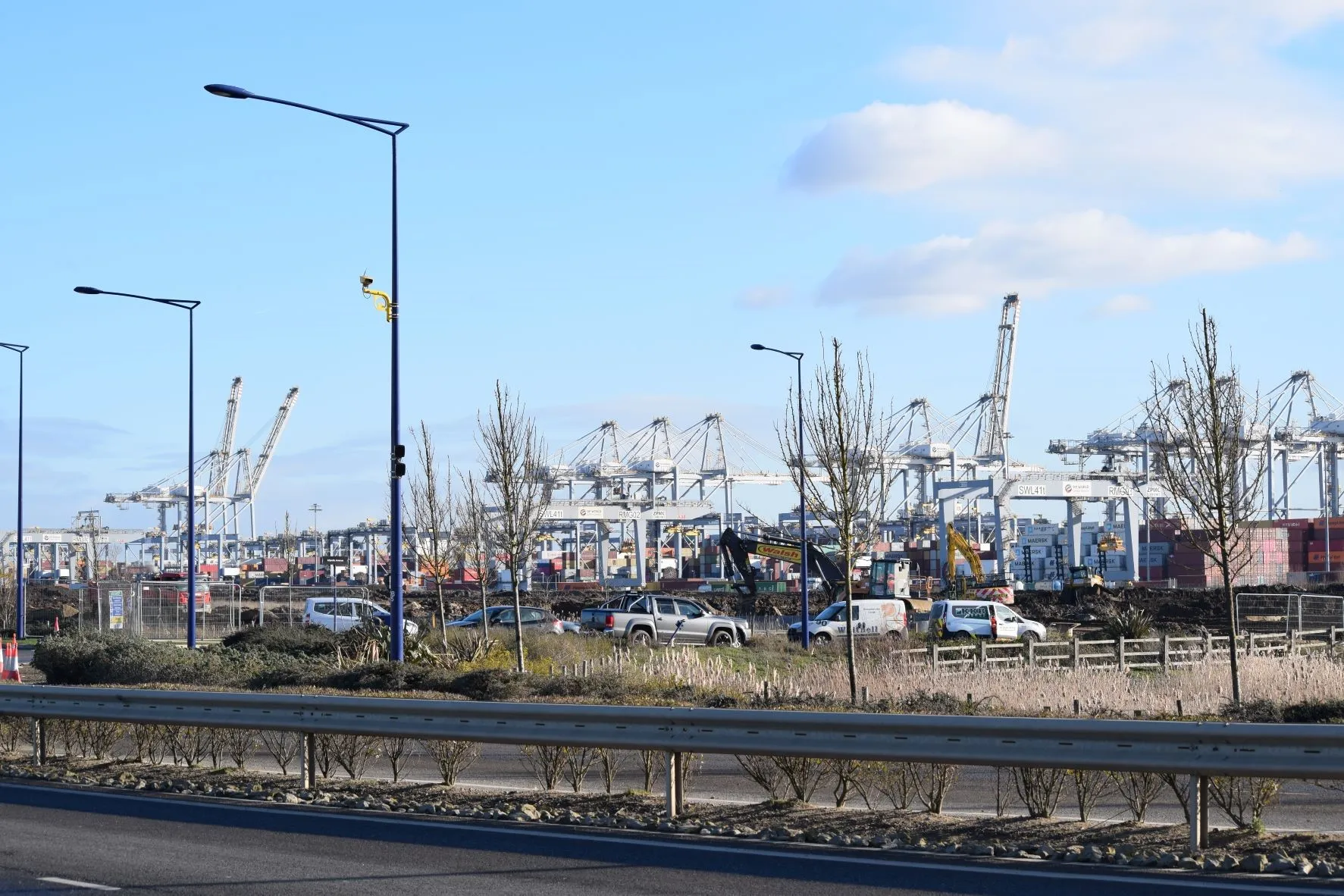The Malaysian the government will use over 1,000 cameras to monitor roads nationwide under its Automated Enforcement System (AES) scheme. The programme will see 250 mobile cameras, 566 fixed speed cameras and 265 traffic light cameras being used to monitor the roads. It is claimed that each camera will be able to capture around 600 road offenders daily.
August 6, 2012
Read time: 1 min
The Malaysian the government will use over 1,000 cameras to monitor roads nationwide under its Automated Enforcement System (AES) scheme. The programme will see 250 mobile cameras, 566 fixed speed cameras and 265 traffic light cameras being used to monitor the roads. It is claimed that each camera will be able to capture around 600 road offenders daily.










